‘Still Alive After 6,000 Years’: Erbil Citadel Unites Past and Present in Global Spotlight
“Since childhood, we’ve known that Iraq and Kurdistan are rich in ancient civilizations,” said Fatima Ali Mahmoud, a tourist from Bahrain, “but what we saw here exceeded all expectations."
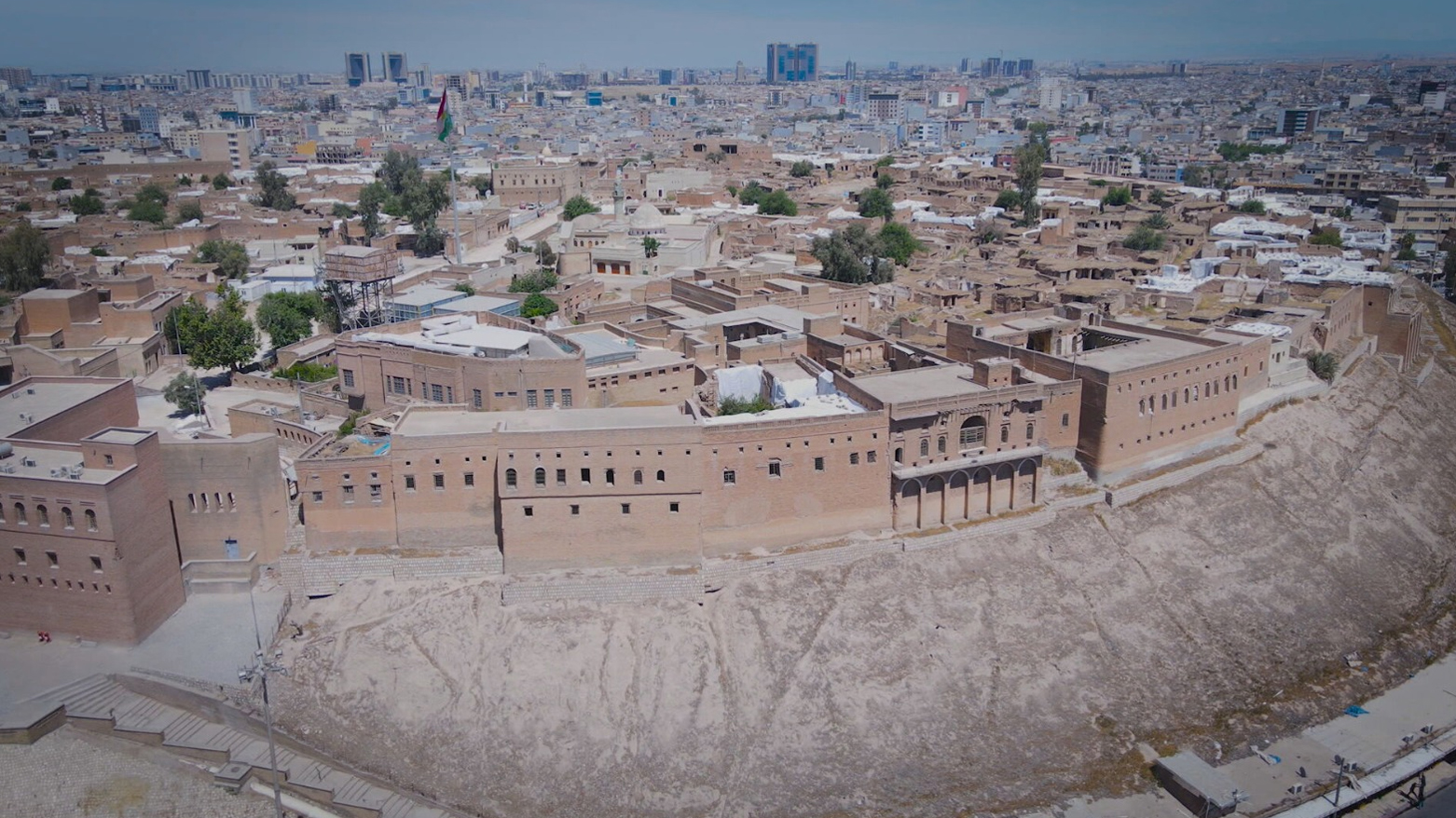
By Kamaran Aziz
ERBIL (Kurdistan24) – Rising from the heart of Kurdistan’s capital like a crown of ancient memory, the Citadel of Erbil stands as one of humanity’s oldest continuously inhabited sites—a timeless sentinel overlooking the march of civilizations. With roots stretching back over 6,000 years, this extraordinary site has earned global recognition, proudly listed as a UNESCO World Heritage Site.
Once the seat of empires and now carefully restored as a cultural treasure, the Erbil Citadel is more than a relic of the past—it is a living museum that continues to breathe life into the narrative of Mesopotamian civilization. Its commanding presence, surrounded by a thriving metropolis, beckons both foreign travelers and local residents to reconnect with the foundations of history.
“Since childhood, we’ve known that Iraq and Kurdistan are rich in ancient civilizations,” said Fatima Ali Mahmoud, a tourist from Bahrain, “but what we saw here exceeded all expectations. We’re a group of women from Bahrain who love visiting museums and archaeological sites wherever we travel, but what struck us in Erbil is that this Citadel is still inhabited today, even though it’s more than 5,000 years old.”
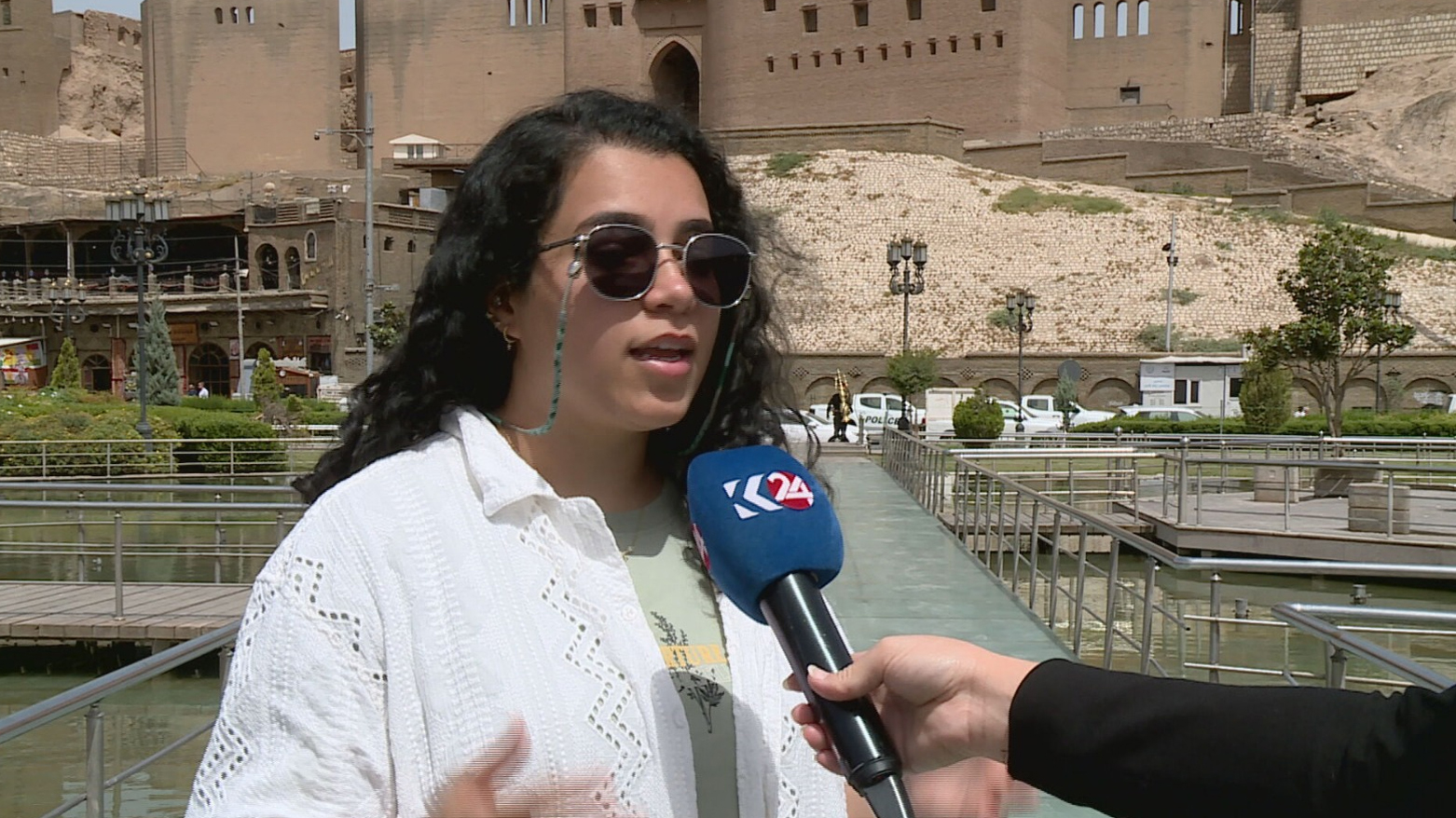
Dominic Ing, a Canadian visitor who had just arrived from Baghdad, shared a similar sense of wonder. “Erbil feels more modern, yet it still preserves its historic core,” he told Kurdistan24. “I was told this Citadel is 7,000 years old—that’s incredible, especially since its structure and foundation remain as they were thousands of years ago.”
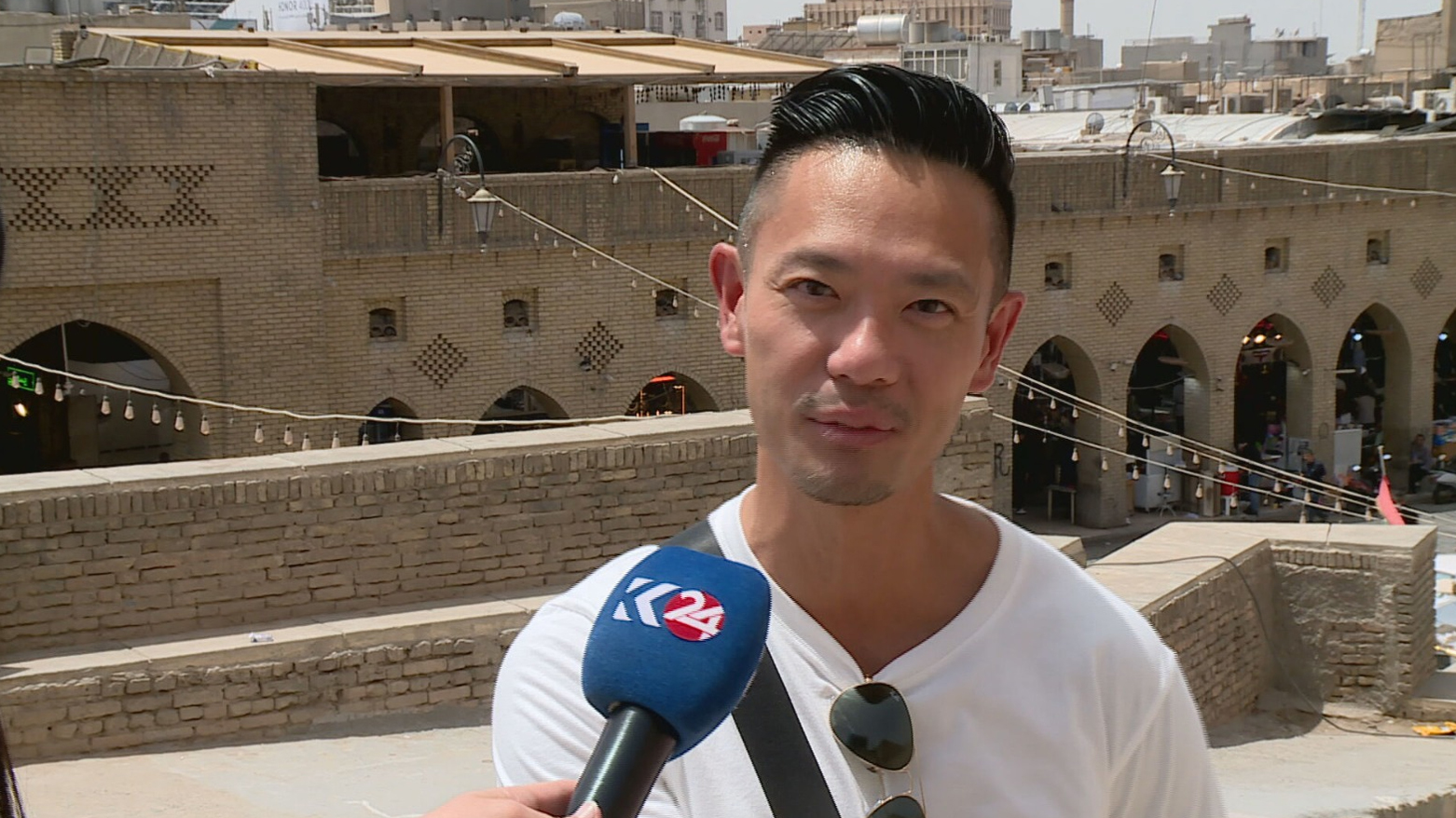
While international tourists are captivated by the sheer age and authenticity of the Citadel, local voices also echo admiration for the ancient site. “I always want to visit archaeological sites—they are the cradle of human civilization. Early humans lived here, which gives these places a special place in our hearts,” said Aziz Sadiq, a resident of Erbil.
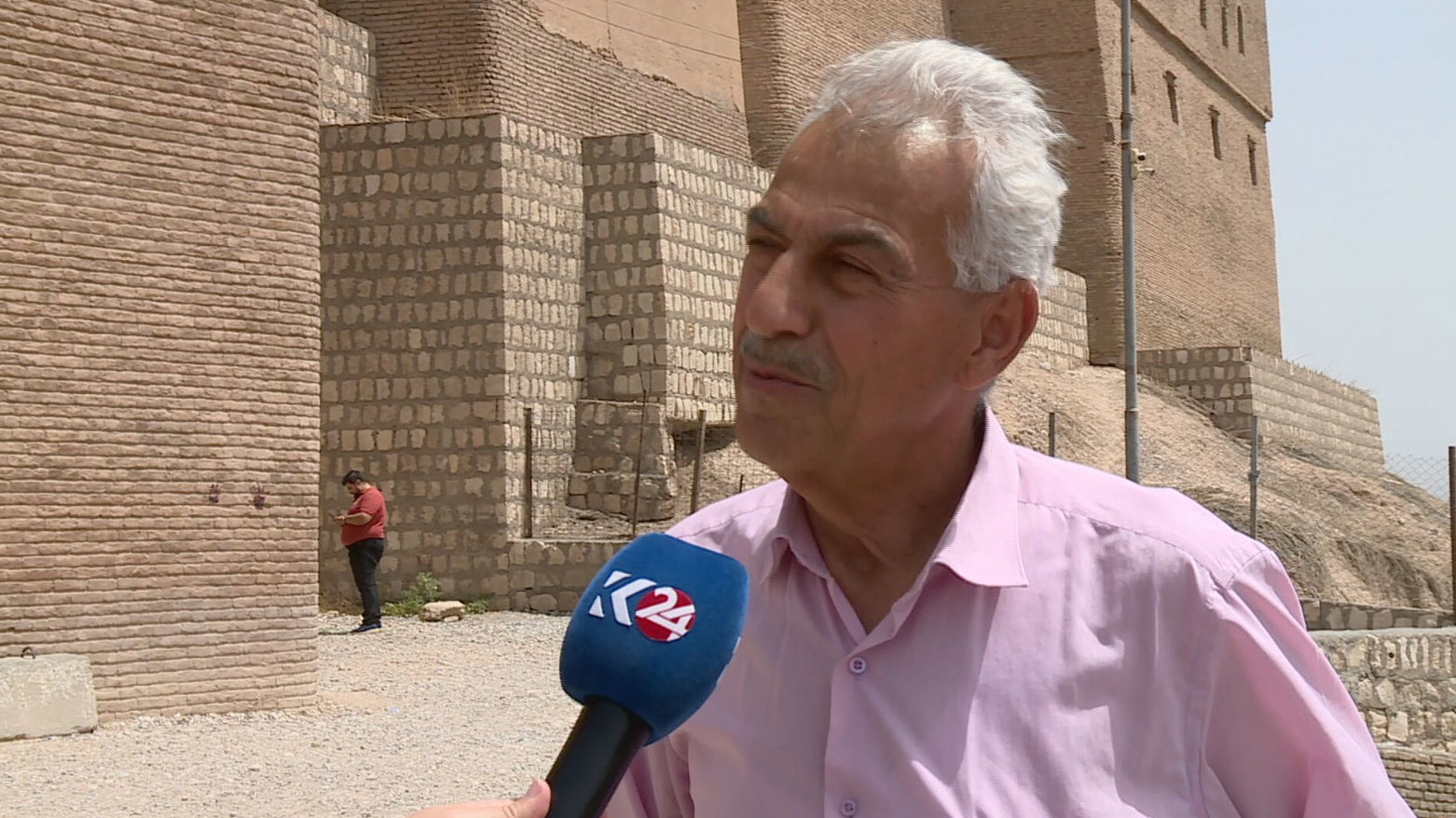
Rowayda Najm al-Din, another local citizen, emphasized the educational value of such visits. “I’ve visited many museums and historical sites in the past,” she told Kurdistan24. “I believe everyone should visit them whenever they get the chance. They offer us deep insight into ancient civilizations and the remnants they left behind.”
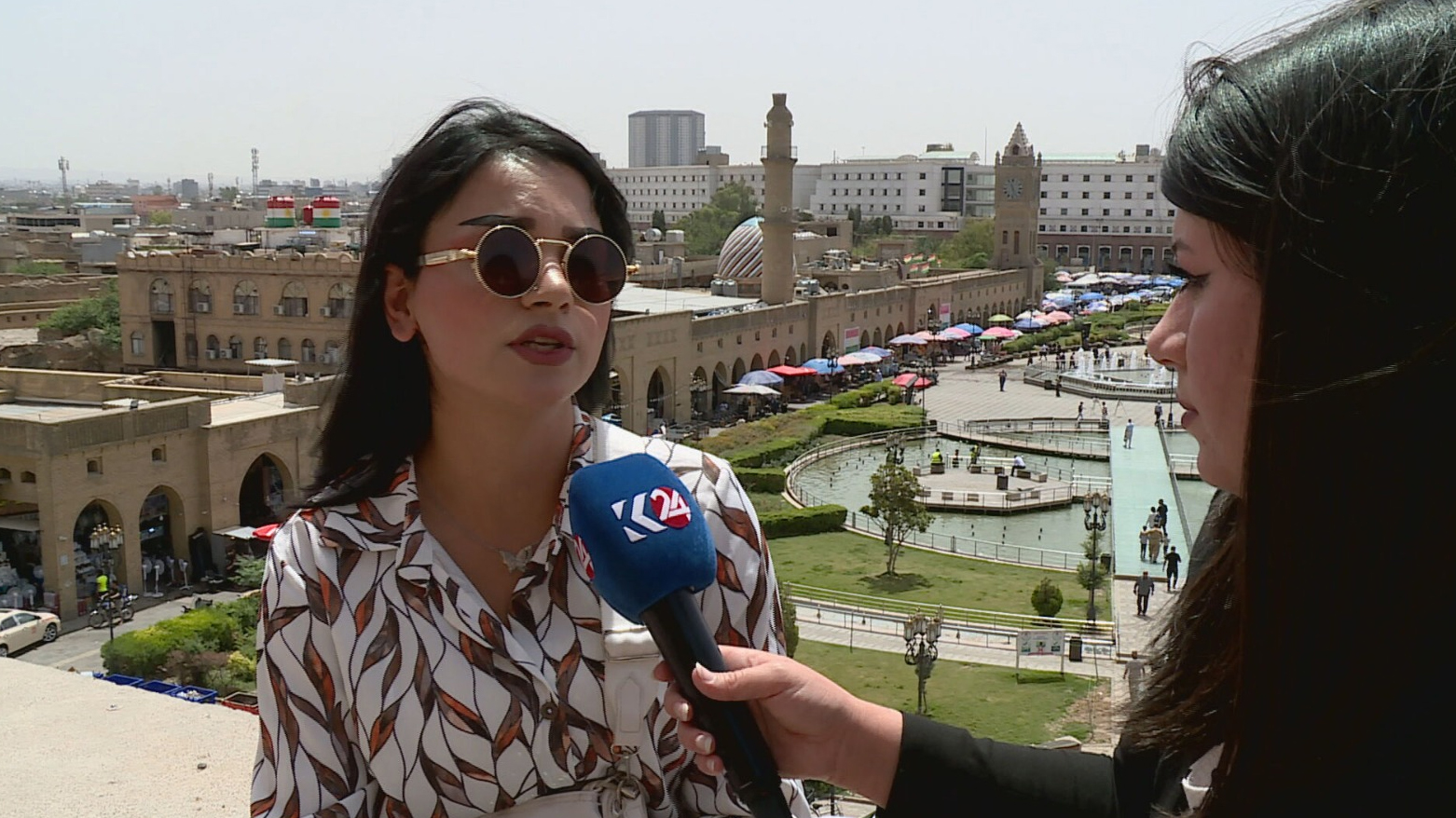
According to historical records, the Citadel has witnessed millennia of transformation, serving as a fortress, a seat of governance, and a residential enclave. It remains a focal point for archaeological study and cultural revival, with current preservation efforts aiming to transform the site into a vibrant open-air museum without erasing its residential legacy.
As previously reported by Kurdistan24, the site’s restoration is part of a broader cultural revival that seeks to protect Iraq’s—and particularly Kurdistan’s—rich archaeological heritage amid past decades of conflict and neglect. International efforts, led by UNESCO and supported by local authorities, have helped revitalize the Citadel and its surrounding infrastructure.
But one crucial question persists: Do locals engage with these ancient sites as fervently as foreign tourists? While foreign visitors are often awestruck, local participation remains a vital part of sustaining cultural memory. Officials and educators increasingly advocate for integrating archaeological awareness into school curricula and tourism campaigns.
For now, the Citadel continues to stand tall, bearing witness to the continuity of human habitation, cultural evolution, and the resilience of a people who refuse to be severed from their past. As global attention grows, Erbil’s crown jewel reaffirms its place not just in history books but in the living hearts of all who walk its weathered paths.
Kurdistan24's Erbil correspondent Havrest Rajab conducted the interviews and contributed to this report.
